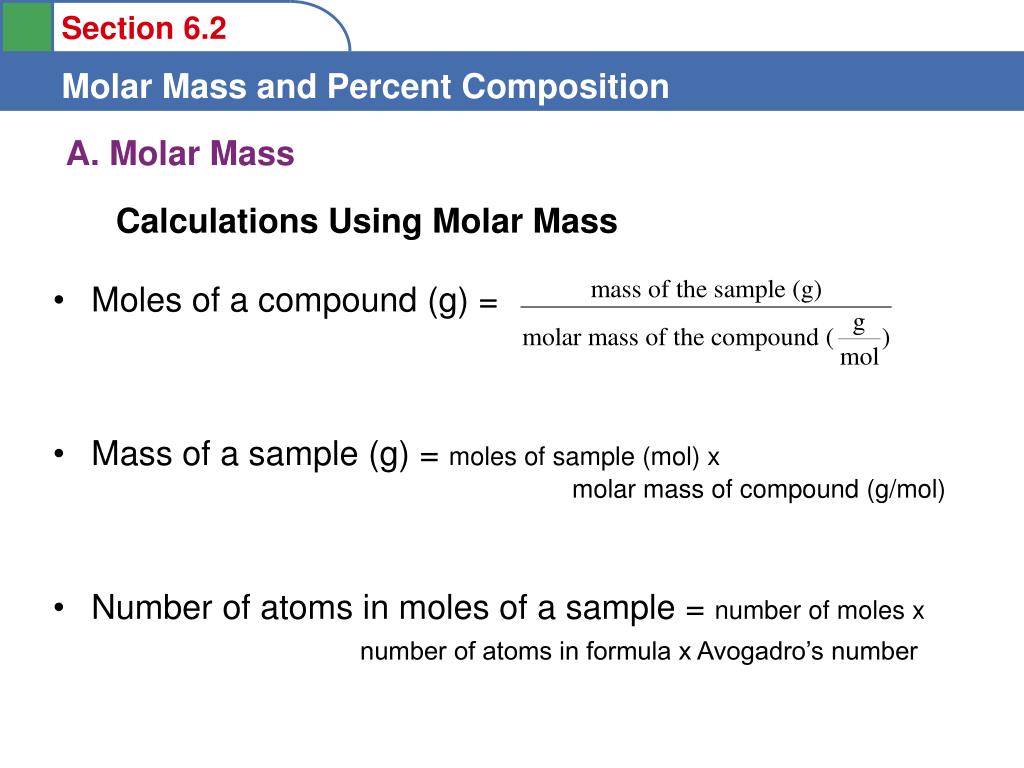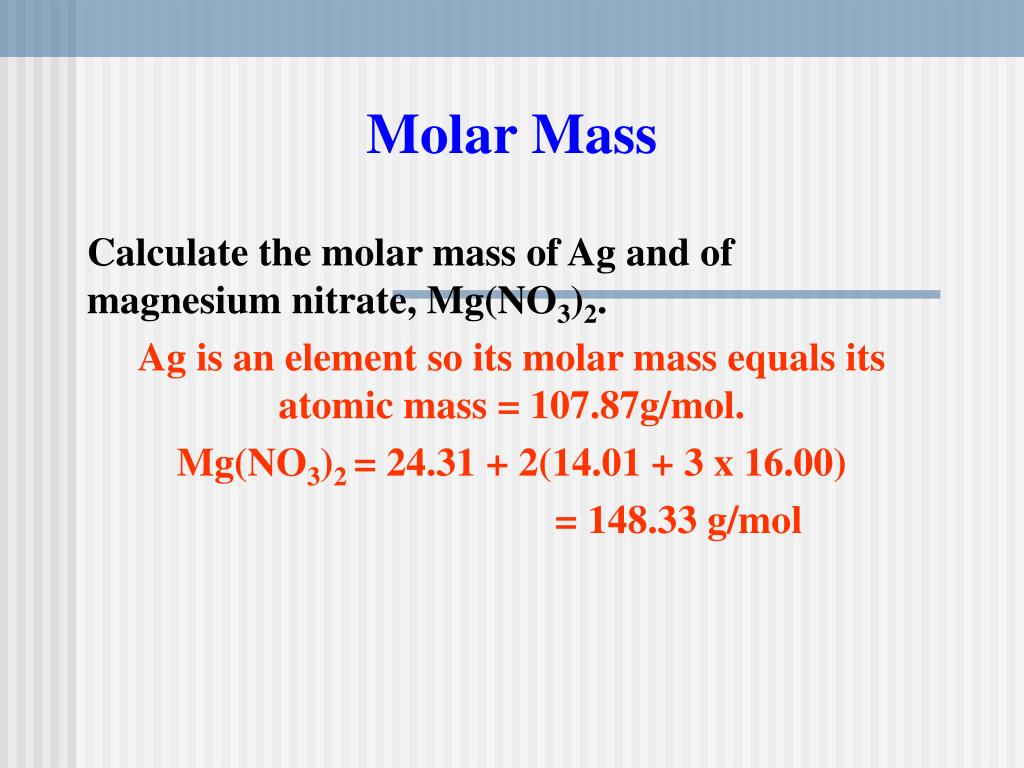
The non-perturbing DynaProPlate Reader offers integration with robot liquid handlers and multi-technique plate-based assay protocols. MicroViscoStar ® - Similar to the ViscoStar but designed specifically for use with UHPLC/APC.ĭynaPro ® Plate Reader - The only commercially available instrument that measures DLS and SLS, for size and molar mass, directly in situ in standard 96, 384 or 1536 microwell plates. Its ease-of-use and serviceability make it the perfect companion for Wyatt's DAWN ® light scattering and Optilab ® refractive index detectors. The ViscoStar incorporates multiple novel technologies to provide the highest sensitivity, stability and solvent compatibility of any available viscometer for GPC.

ViscoStar ® - A highly sensitive, on-line differential viscometer used in conjunction with SEC-MALS to determine the size and conformation of all types of biopolymers, synthetic polymers and even proteins and peptides. MicroOptilab ™ - The first RI detector specifically designed for use with all UHPLC systems. The high-concentration option accommodates protein concentration up to 180 mg/mL.
NO MOLAR MASS SOFTWARE
The ASTRA software not only analyzes polymers based on the Mark-Houwink equation and Universal Calibration technique, but may also be used to establish Mark-Houwink coefficients using light scattering to determine molar masses ab initio.ĭifferential refractometer for measuring concentration of any macromolecule, regardless of chromophores. Estimates of molar masses based on intrinsic viscosity and the Mark-Houwink equation η=KM α rely on empirical values of K and α established in the literature, while Universal Calibration is valid for all random coil polymers assuming no non-ideal column interactions. The ViscoStar differential viscometer coupled with an Optilab differential refractometer to any GPC system provides superior measurements of intrinsic viscosity for characterization of all types of polymers. While a fluorescence blocking filter may be incorporated into the DAWN, this does not always provide a sufficient solution to strongly fluorescing polymers. When the polymers fluoresce under excitation by the MALS laser, the fluorescence greatly increases the apparent scattering signal producing erroneous molecular weights.When the solvent and solute have the same refractive indices (making dn/dc=0), the polymer does not scatter light.Though these techniques are less rigorous than MALS, they may be the optimal means of characterizing materials not amenable to MALS analysis: Intrinsic viscosity and 'Universal Calibration' are commonly used to determine molecular weights of synthetic polymers. NanoStar ® offers true static light scattering (SLS) analysis of molar mass for molecules < 50 nm in radius.īatch MALS is also useful as an orthogonal technique to validate SEC-MALS results against potential loss of sample on the column as well as dissociation of aggregates due to shear or dilution.

When use of a flow cell is undesirable, Wyatt offers a microCuvette Adapter Kit which replaces the flow cell of a DAWN with a high-quality, low-volume microcuvette. Historically, batch measurements have been laborious and prone to operator error the Calypso ® automates batch MALS for accurate, reliable and rapid results. For maximum accuracy the measurement is carried out over several concentrations. These unfractionated, or 'batch', measurements are typically carried out via direct injection into a MALS flow cell. B 22), a measure of solute-solute interactions. Analysis of unfractionated samples yields the weight-average molecular weight M w of the solution, as well as the second virial coefficient A 2 (a.k.a.

See the SEC-MALS and FFF-MALS pages to learn how these versatile techniques combine multiple detectors, including theĪSTRA ® software in order to extract a wealth of information about your samples beyond molar mass.Įven if samples are not compatible with a separation technique, MALS can still be used to perform analysis of molar mass.

Important Applications of SEC-MALS and FFF-MALS molar mass in order to provide accurate molar mass distributions across the chromatogram or fractogram. Incorporation of independent, absolute MALS analysis eliminates reliance on unreliable column calibration, retention time and models of hydrodynamic size vs. MALS detectors are most commonly integrated with a separation technique such as size exclusion chromatography


 0 kommentar(er)
0 kommentar(er)
